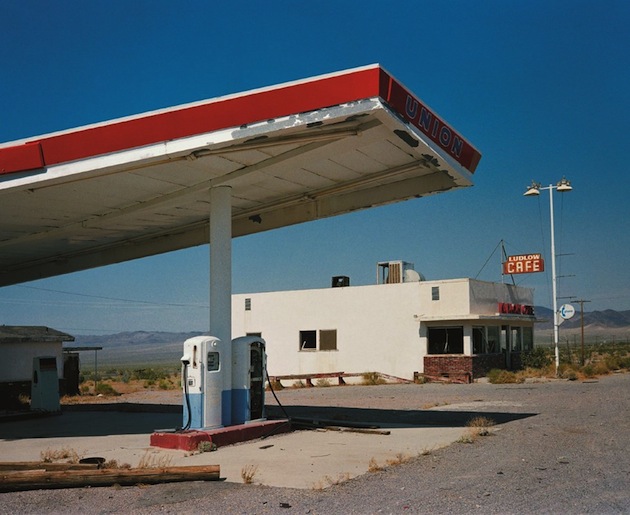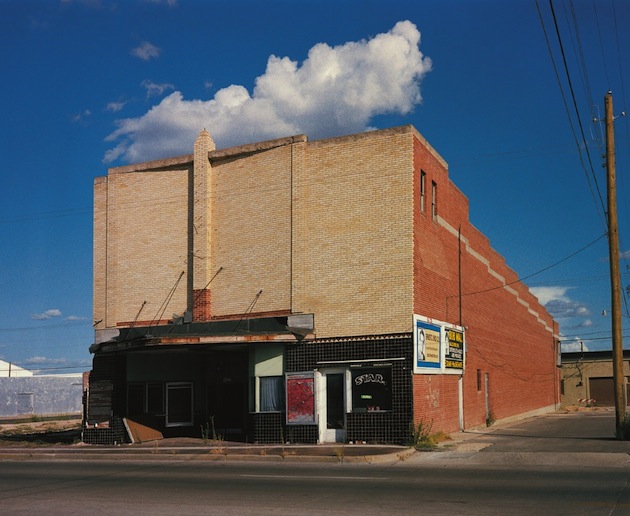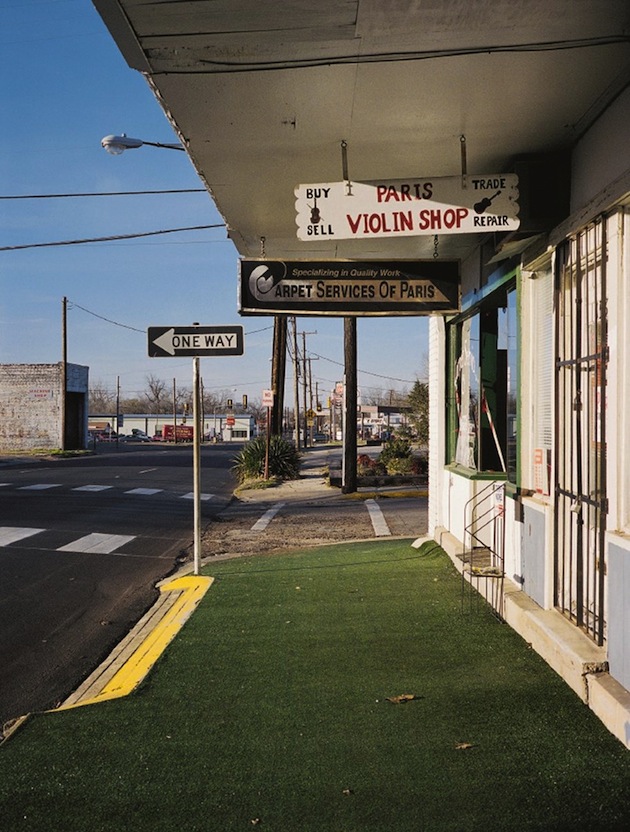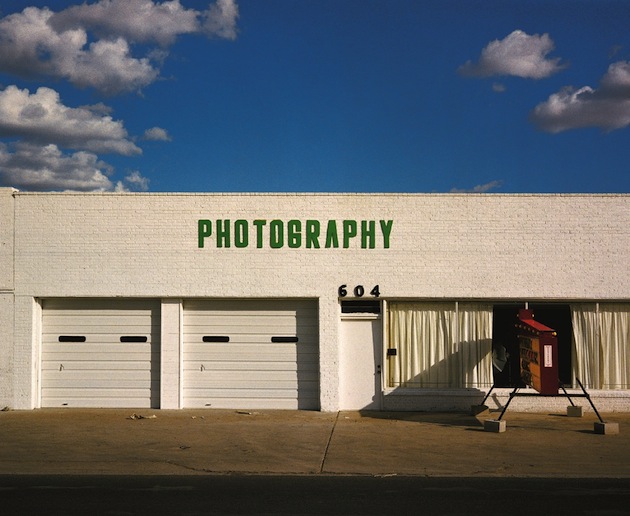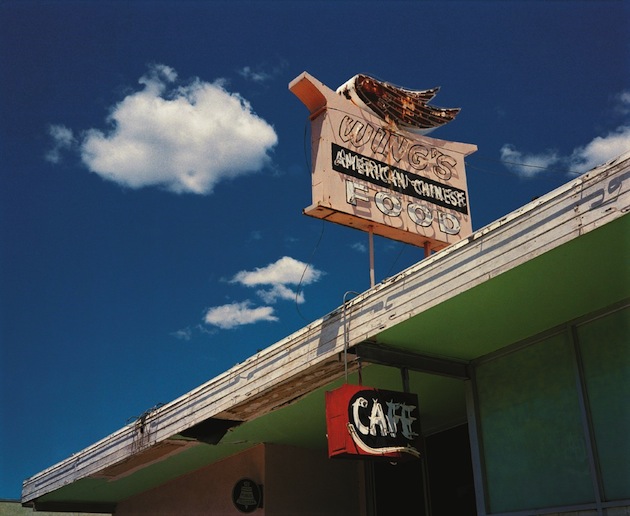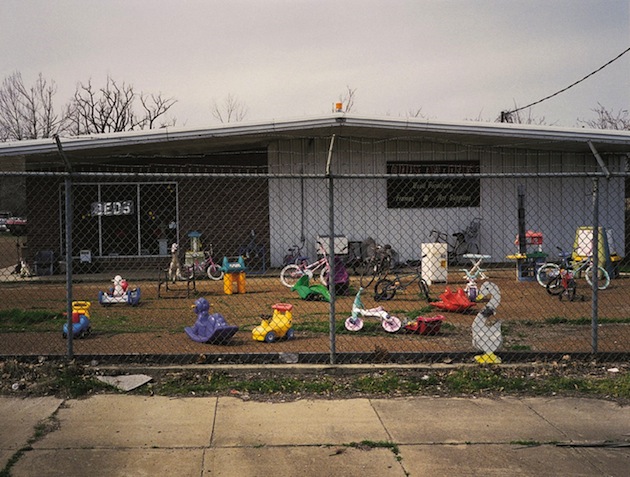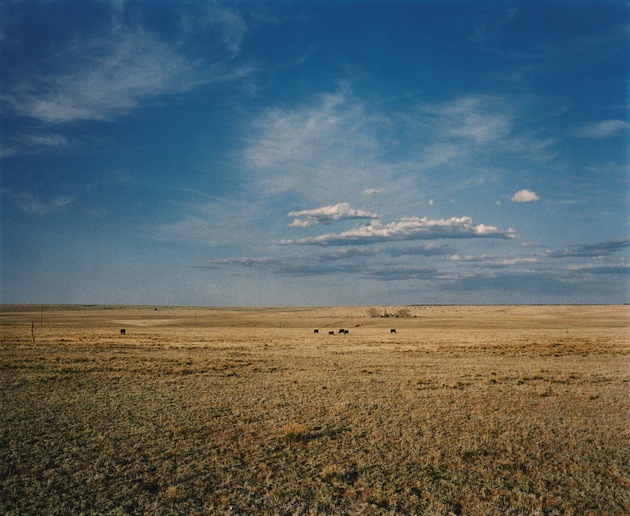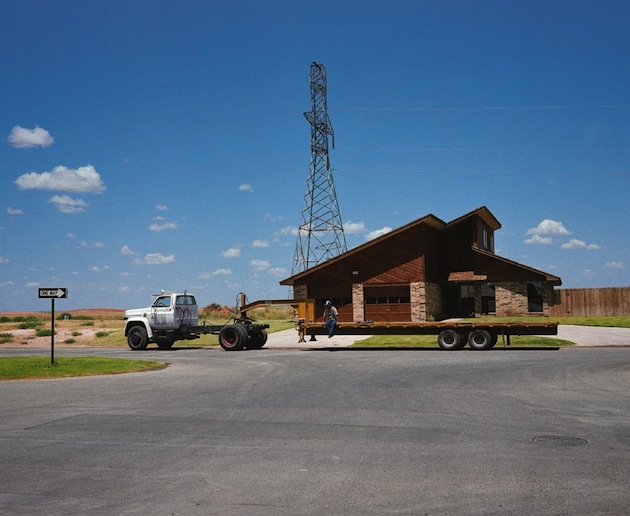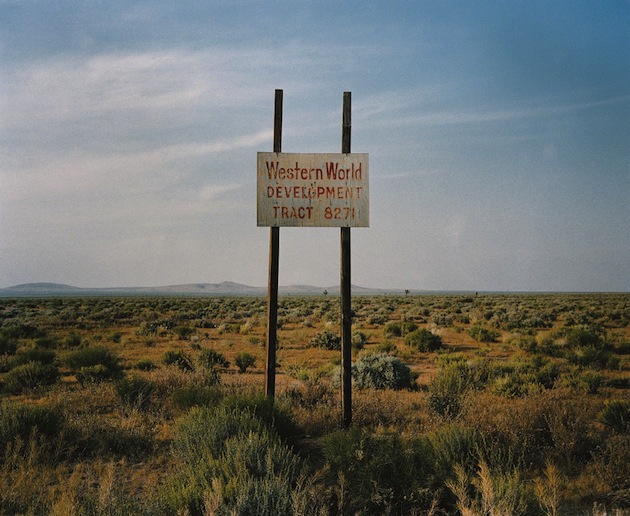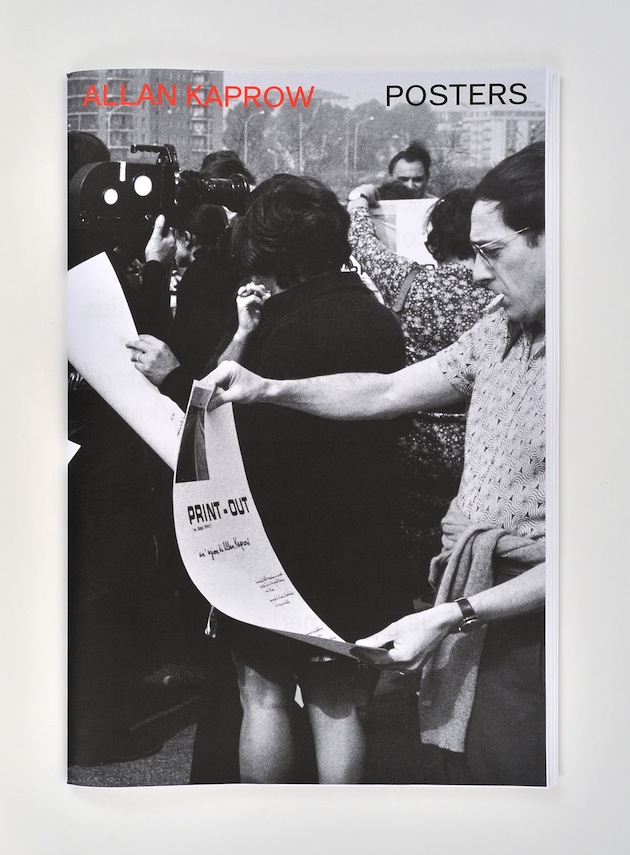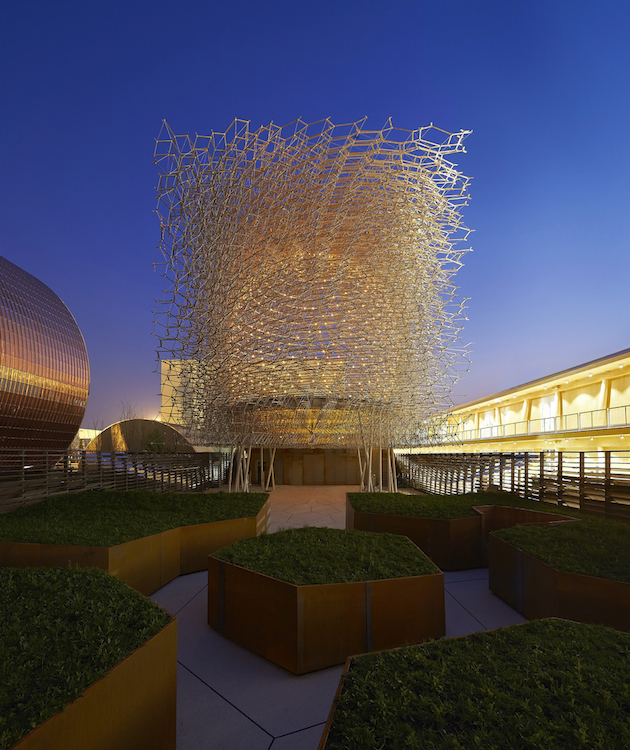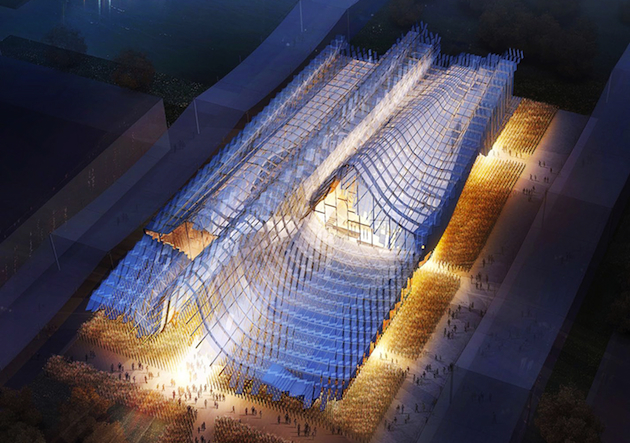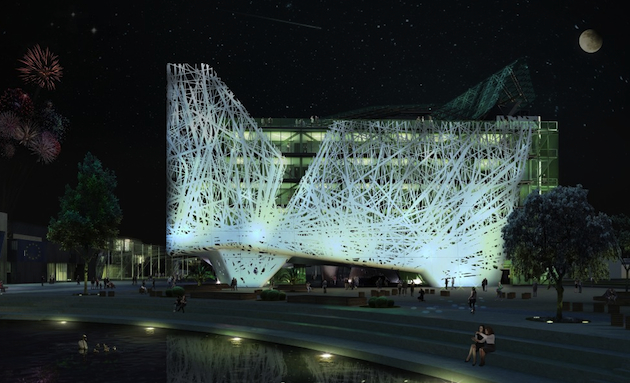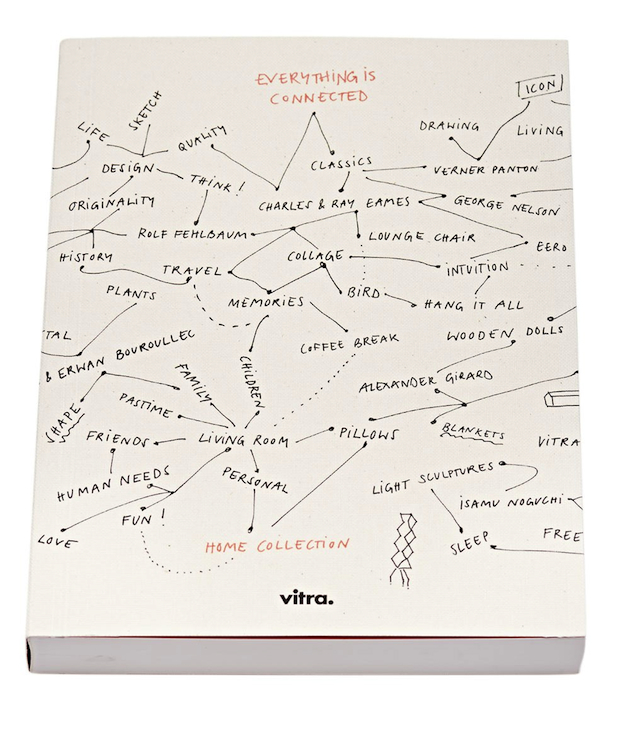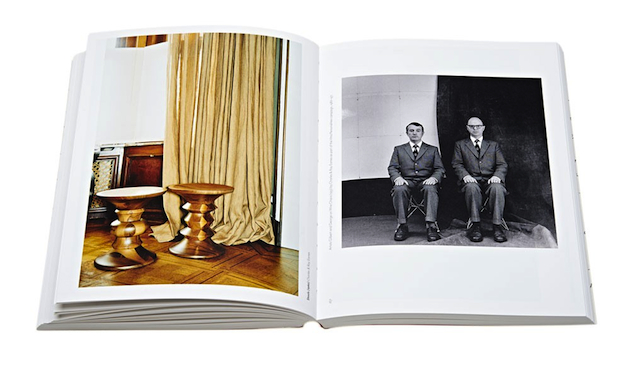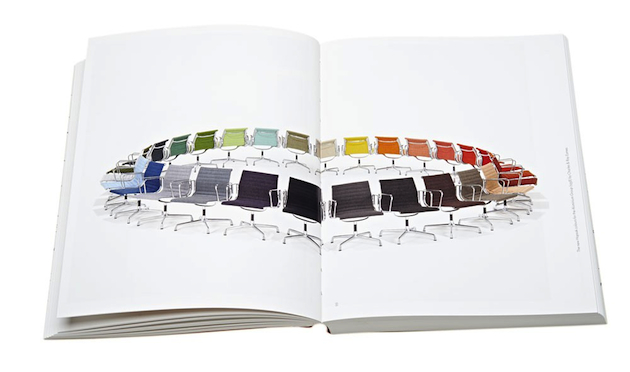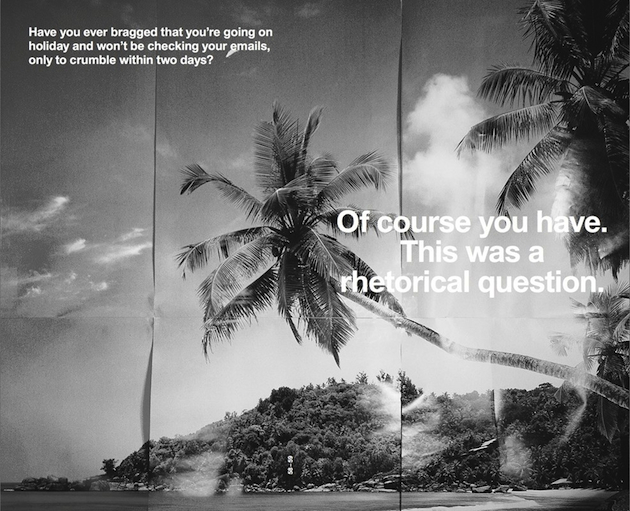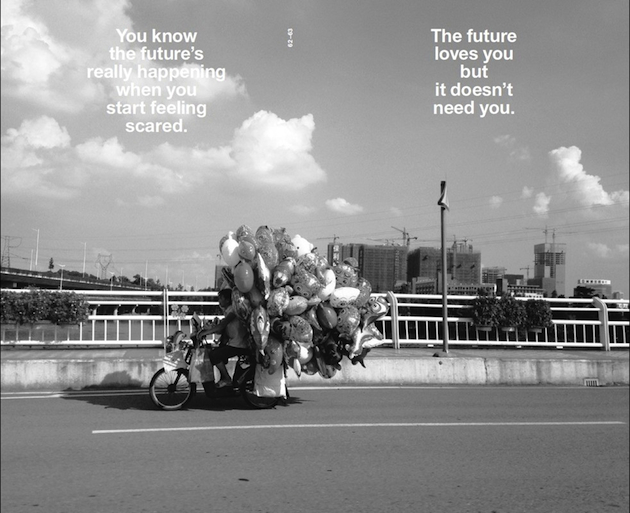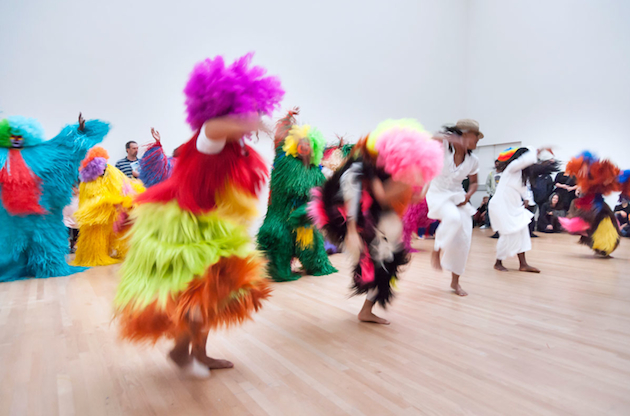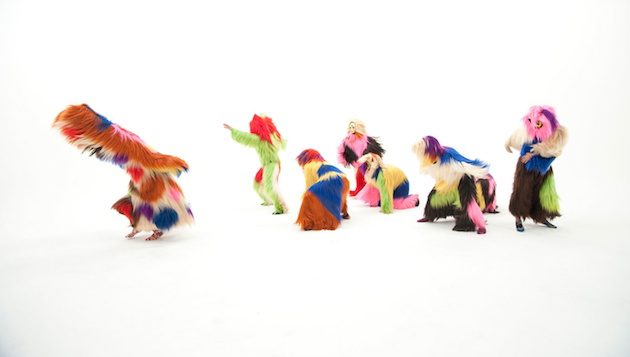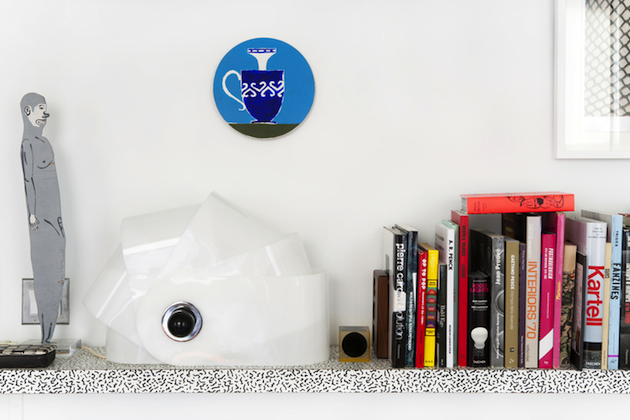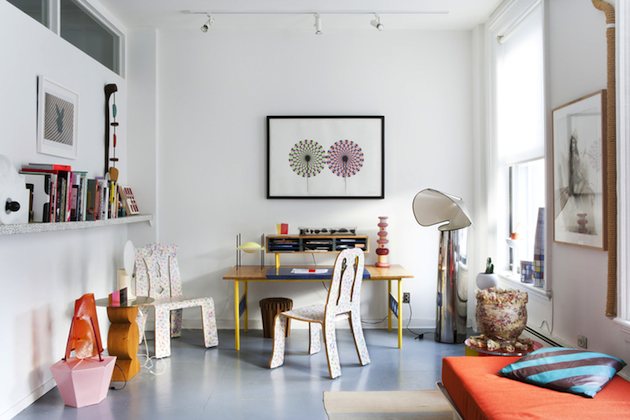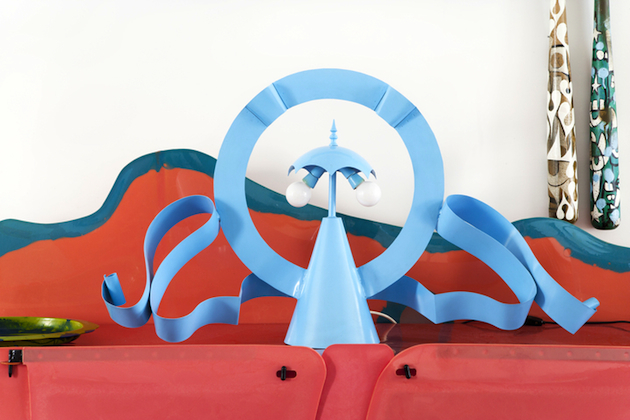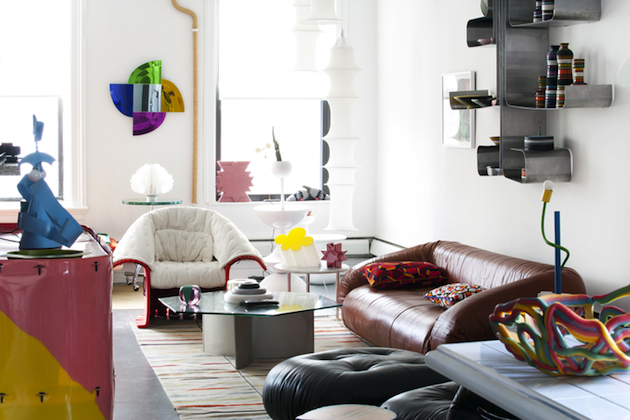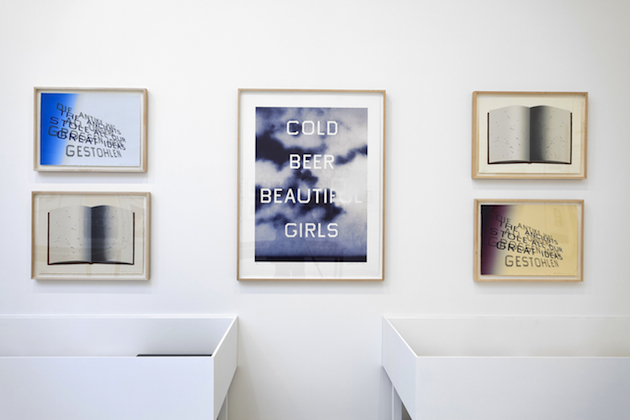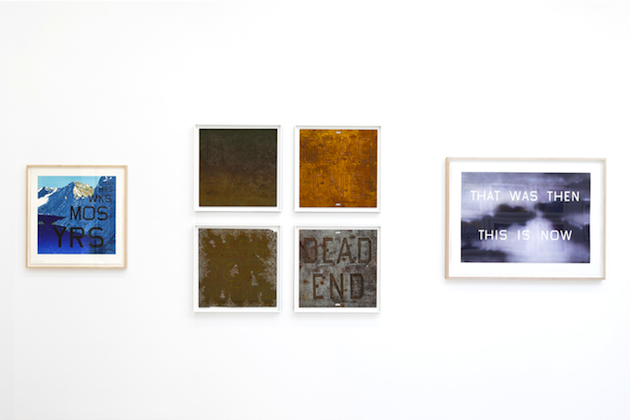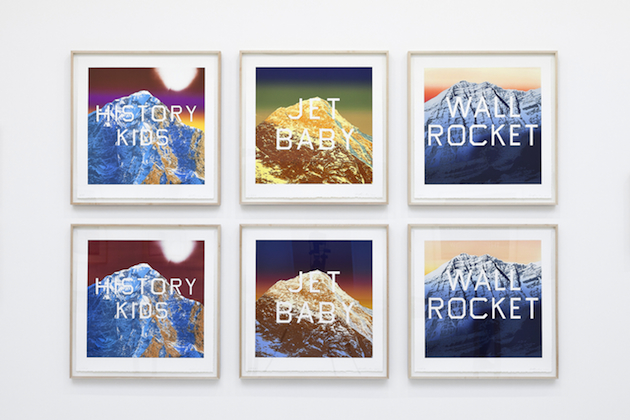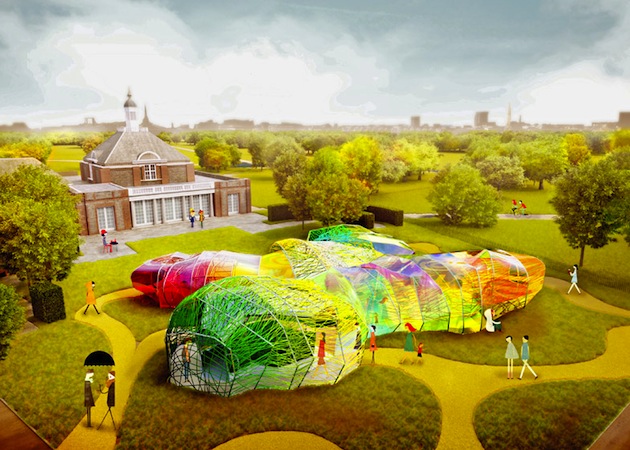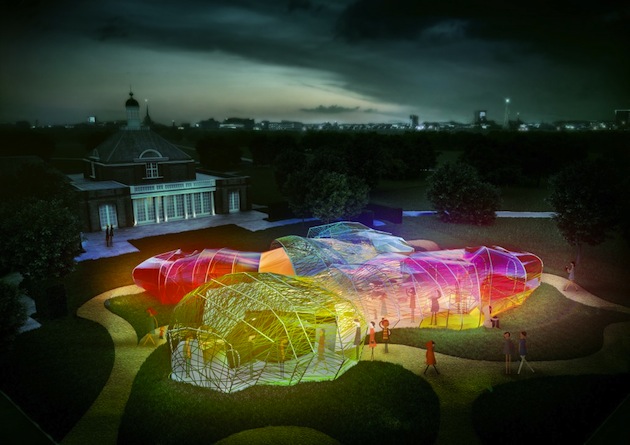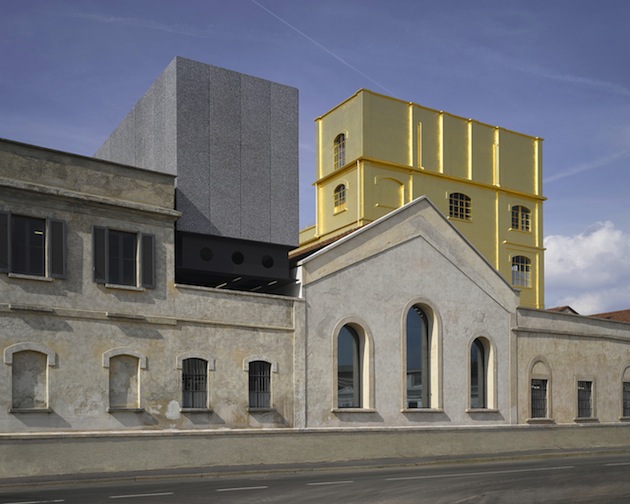
The new Milan venue of Fondazione Prada, conceived by architecture firm OMA—led by Rem Koolhaas — expands the repertoire of spatial typologies in which art can be exhibited and shared with the public. Articulated by an architectural configuration which combines preexisting buildings with three new structures, it is the result of the transformation of a former distillery dating back to the 1910’s. Located in Largo Isarco, in the South of Milan, the compound has a gross surface area of 19,000 m2/205,000 ft2, of which 11,000 m2/118,000 ft2 is dedicated as exhibition space. The entrance building will welcome visitors to two new facilities, developed through special collaborations: a kids’ area designed by a group of students from the École nationale supérieure d’architecture de Versailles, and a bar where director Wes Anderson has recreated the typical mood of old Milan cafés.
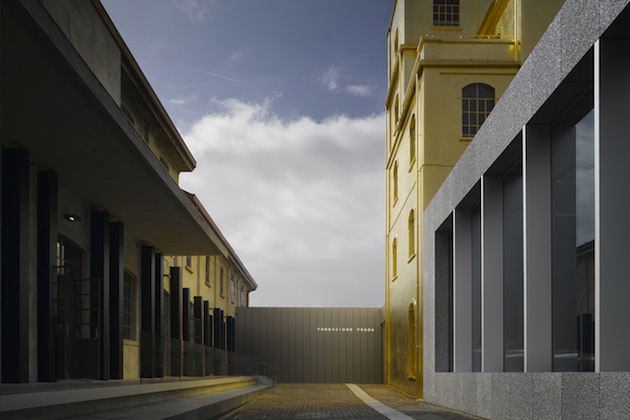
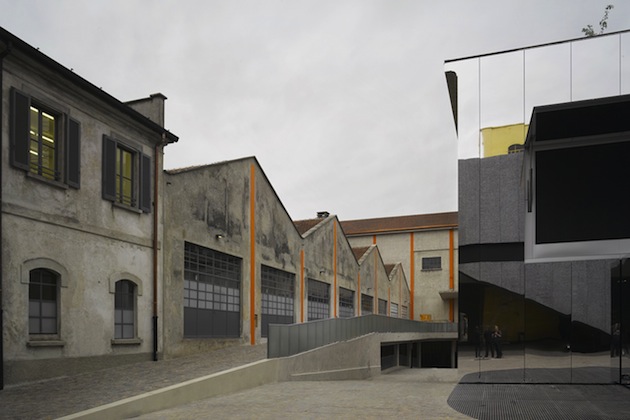
On the occasion of the opening of its new Milan venue, Fondazione Prada presented a wide range of activities. Robert Gober and Thomas Demand realized site-specific installations in dialogue with the industrial architecture and the new spaces in the compound. Roman Polanski explored the cinematographic inspirations behind his artistic vision, which will translate into a new documentary and a series of film screenings. Selections of artworks from the Prada Collection are presented in a series of thematic exhibitions. ‘Serial Classic’ — an exhibition curated by Salvatore Settis in collaboration with Anna Anguissola — completes the program. The project, whose display system has been conceived by OMA, focuses on classical sculpture and explores the ambivalent relationship between originality and imitation in Roman culture and its insistence on the circulation of multiples as an homage to Greek art.
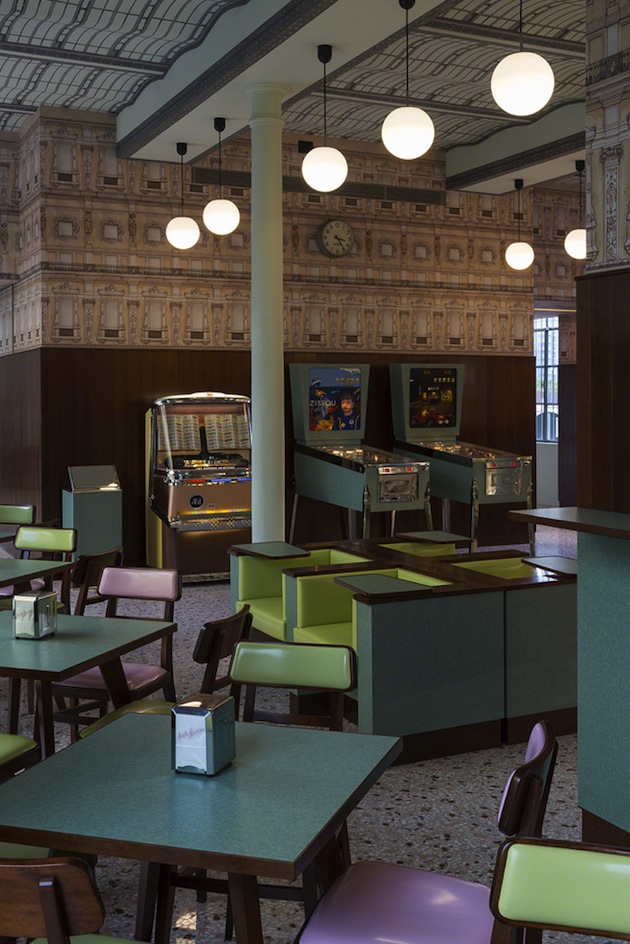
At the same time, the Venetian headquarters of Fondazione Prada, which has launched 4 exhibitions in the venue until today, concurrently with a preservation and repair programme of the palazzo which is developing in several phases, presents the exhibition ‘Portable Classic’. The show explores the origins and functions of miniature reproductions of classical sculptures from the Renaissance to Neoclassicism, showcasing more than 90 artworks.
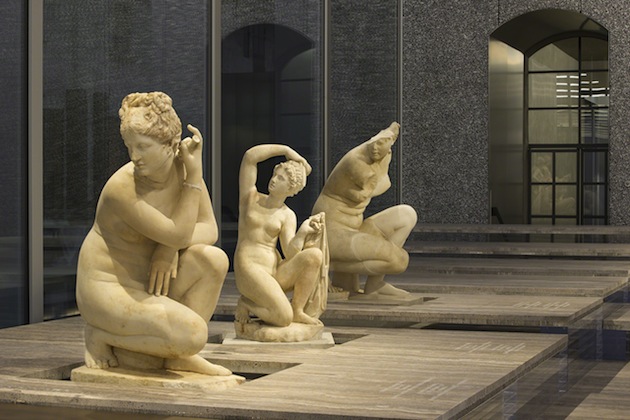
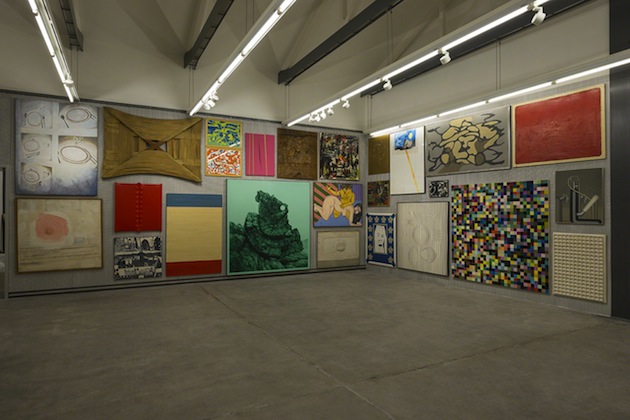
The Blogazine – Images courtesy of Fondazione Prada
